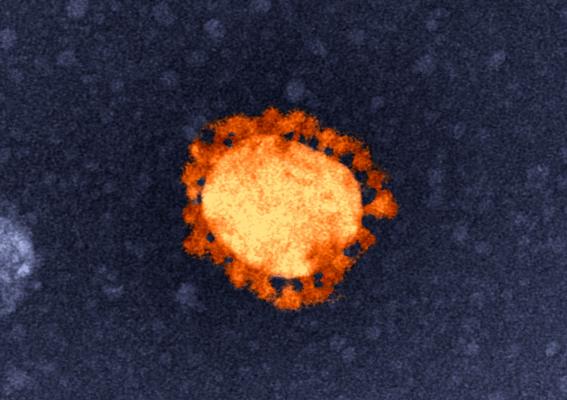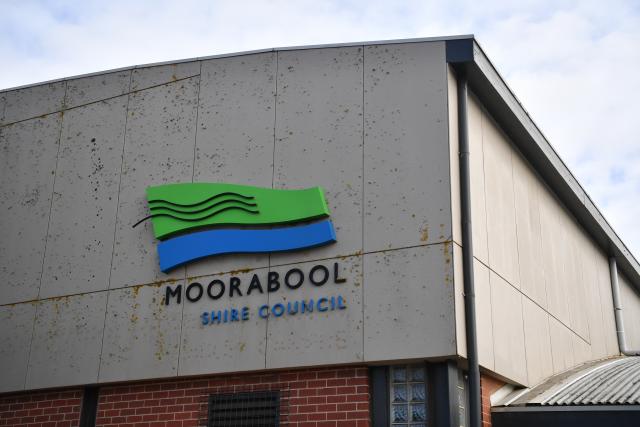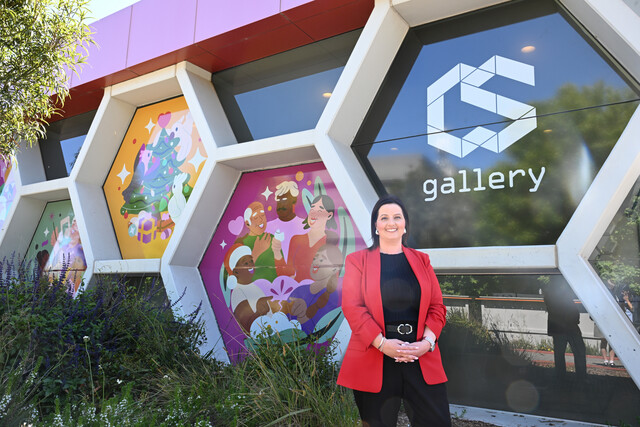Fourteen new positive COVID-19 cases were detected in the Melton local government area on Sunday, bringing to 60 the number of active cases in the area in the latest breakout.
More than a dozen exposure sites remain listed in the Melton area including Coles, Woolworths and Baker’s Delight at Woodgrove Shopping Centre, the Melton VicRoads Customer Service Centre, Bunnings, the Amcal Pharmacy and PETStock.
Victoria had 1619 active cases on Monday after recording 246 new local cases, with 26,955 vaccine doses administered and 42,258 test results received on Sunday.
Half of all cases are in Melbourne’s northern suburbs and one third are in the west – the two regions hardest hit by the second wave outbreak in 2020.
Of the 246 new local cases, about half remain under investigation.
Health minister Martin Foley said the age breakdown points to this being “a pandemic of the unvaccinated”, with 87 per cent of the cases under 50 years of age.
“This current outbreak is targeting the unvaccinated because that’s where the virus will go,” he said.
“The best way to protect ourselves, our families and our community, and to get to the other side of this is to get vaccinated.”
Mr Foley said with first dose vaccinations passing the 60 per cent mark for over-16s, metropolitan Melbourne is still tracking towards a slight easing of restrictions around September 23.
“The sooner we get to 70 per cent first dose vaccines, the sooner we bring forward measures to relax restrictions,” he said.
Regional Victoria, including Moorabool which has one current active case, should have some easing of restrictions sooner, but the details and timing remain to be confirmed.
“There are still plans for not a snapback, but certainly an easing for regional Victoria with the likely exception of the Shepparton Goulburn Valley area,” he said.
“That will be focusing around support measures, wellbeing measures, and a a gradual easing… certainly a recognition that the chains of transmission are different in the regions to what they are in metropolitan Melbourne.”







